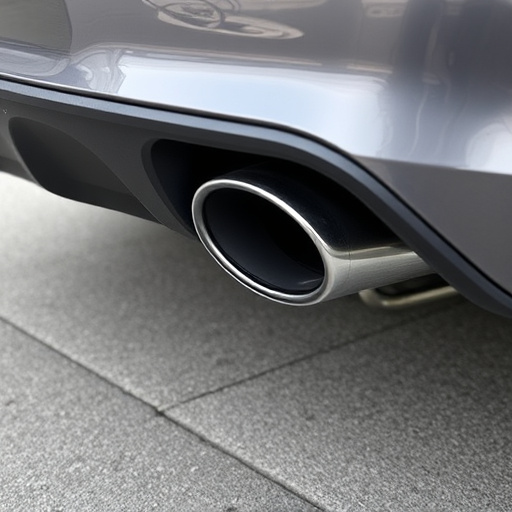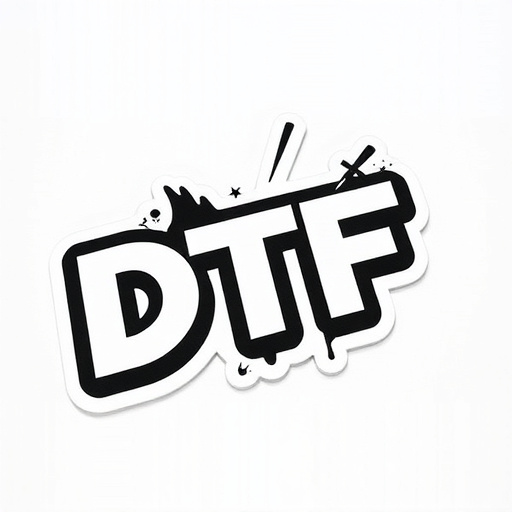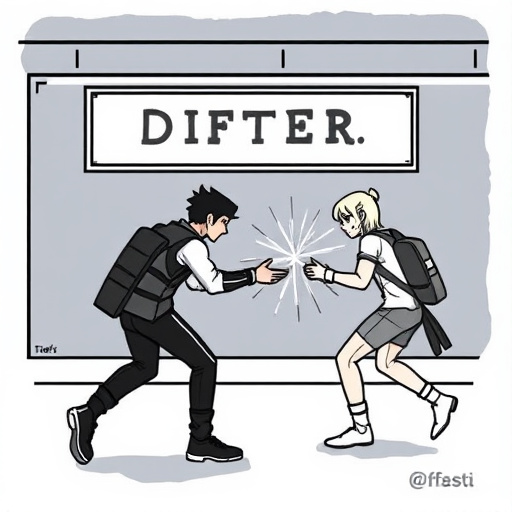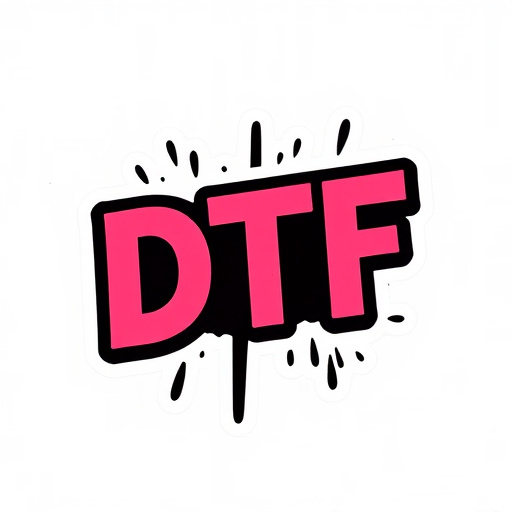DTF Custom Transfers offer a versatile and high-quality method for printing detailed designs on T-shirts. This process requires specialized equipment like DTF printers and heat press machines, with careful preparation of vector graphics to ensure vibrant, long-lasting results. Key steps involve using software like Adobe Illustrator or Inkscape, optimizing for dark fabrics, converting to PNG at 300 DPI, removing unwanted elements, and maintaining rich colors. Application involves precise alignment, gentle pressure, and adherence to manufacturer guidelines for temperature and time.
Unleash your creativity with DTF Custom Transfers and transform ordinary t-shirts into unique expressions of art! This comprehensive guide walks you through the entire process, from understanding the benefits of Direct to Fabric (DTF) transfers to designing eye-catching graphics. Learn about essential materials and setup, master software and image preparation techniques, and discover expert tips for successfully applying your custom designs. Elevate your t-shirt customization game with DTF Custom Transfers!
- Understanding DTF Custom Transfers: Materials & Setup
- Designing Your Transfer: Software & Image Preparation
- Applying the Transfer: Techniques & Tips for Success
Understanding DTF Custom Transfers: Materials & Setup

DTF Custom Transfers represent a cutting-edge method for adorning T-shirts with intricate designs and graphics. Understanding the process involves grasping the materials required and the initial setup needed. The core components include a DTF (Direct to Fabric) printer, specialized transfer sheets, and a range of fabrics suitable for this technique. These transfers offer a versatile solution for both small-scale and bulk dft shirt production, catering to various creative needs.
The best dtf printer will be equipped with specific settings and capabilities to ensure precise and vibrant prints on the transfer sheets. These sheets, designed for DTF applications, allow for high-quality image reproduction directly onto fabric. Once prepared, the transfers can be applied to T-shirts using heat press machines, resulting in long-lasting, visually stunning designs that bring your creative visions to life.
Designing Your Transfer: Software & Image Preparation

When designing your DTF (Direct-to-Fabric) custom transfer for T-shirts, the first step involves choosing the right software and preparing your image accordingly. You’ll want to use a vector graphics editor that supports high-resolution output, as this ensures crisp lines and detailed designs when printed onto dtf heat transfer paper. Popular options include Adobe Illustrator or Inkscape, both of which offer precise control over your artwork.
Before starting, make sure your design is optimized for DTF printing for dark fabrics. Convert all images to a transparent .PNG format with a minimum resolution of 300 DPI (dots per inch). Remove any unnecessary elements and ensure your colors are vibrant enough to show up well on darker garments. This meticulous preparation ensures the final printed transfer will be of high quality, allowing you to create stunning custom apparel using DTF for Apparel techniques.
Applying the Transfer: Techniques & Tips for Success

Applying a DTF (Direct-to-Fabric) custom transfer to a t-shirt requires precision and the right techniques to achieve excellent results. First, ensure your workspace is clean and well-lit. Lay out all necessary materials, including the dtf transfer film, heat press machine, and a clean t-shirt. Positioning is key; align the design precisely with the shirt’s fabric grain for optimal durability.
Use a light touch when applying the transfer to avoid creases or bubbles. Heat up your heat press machine according to the manufacturer’s instructions and ensure it reaches the recommended temperature. Press the dtf print onto the t-shirt, applying even pressure in a smooth motion. Time and pressure vary depending on the fabric type and design complexity; follow guidelines for the best dtf prints. Once complete, carefully remove the transfer film, revealing your custom graphic on the tee.
DTF (Direct to Fabric) custom transfers offer a creative and efficient way to design unique T-shirts. By mastering the process from material selection to application, you can produce high-quality, personalized garments. This article has guided you through the key steps, from understanding the basics of DTF transfers to designing your artwork and applying it successfully. Now, with these techniques in hand, you’re ready to revolutionize your T-shirt creation process, offering custom designs that stand out in a bustling market.














